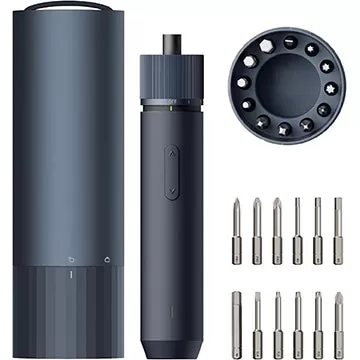Nintendo Consoles: Complete Release Date Timeline
Nintendo stands as a titan in the world of video games, renowned for its pioneering spirit and a rich catalog of iconic intellectual properties that continue to enchant gamers decades later. As the gaming giant gears up for the future with the announcement of the Nintendo Switch 2, it's the perfect moment to reflect on its illustrious journey through the console market.
Below, we've meticulously compiled a comprehensive list of every console Nintendo has ever launched. Embark on a nostalgic journey through time and witness how Nintendo has consistently pushed the boundaries of gaming technology and creativity!
AnswerSee Results*Looking to save on a new Nintendo Switch or new titles for your system? Be sure to check out the best Nintendo deals available today.*How Many Nintendo Consoles Have There Been?
In total, 32 Nintendo consoles have been released throughout Nintendo's history. The Switch 2 will mark the 33rd console. Our list includes all revision models for both home and handheld consoles, which encompass variations like XL and Mini.
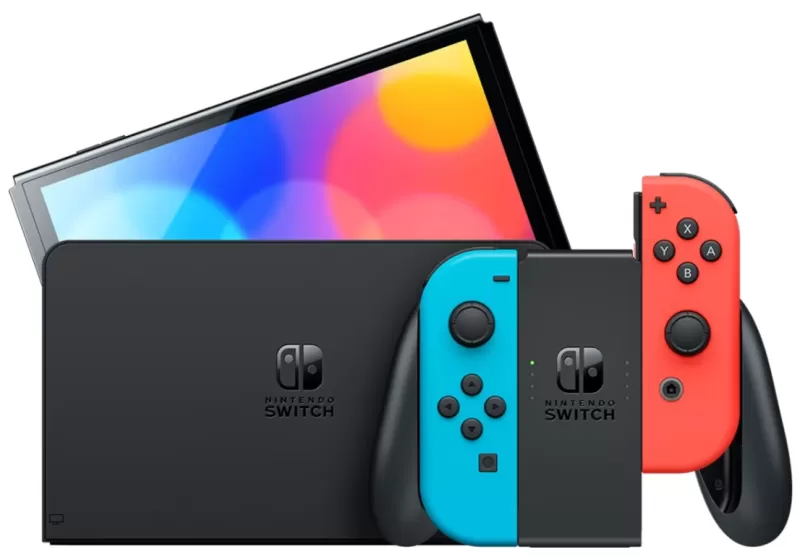 Latest Model### Nintendo Switch OLED (Neon Blue & Red)
Latest Model### Nintendo Switch OLED (Neon Blue & Red)
4See it at AmazonEvery Nintendo Console in Order of Release
Color TV-Game - June 1, 1977
 Nintendo's initial venture into gaming hardware began with the Color TV-Game series, a collaboration with Mitsubishi Electronics. These pioneering systems were a massive success and paved the way for Nintendo's future focus on gaming hardware. The legacy of the Color TV-Game endures, reflecting Nintendo's ongoing commitment to innovation in gaming.
Nintendo's initial venture into gaming hardware began with the Color TV-Game series, a collaboration with Mitsubishi Electronics. These pioneering systems were a massive success and paved the way for Nintendo's future focus on gaming hardware. The legacy of the Color TV-Game endures, reflecting Nintendo's ongoing commitment to innovation in gaming.
Game & Watch - April 28, 1980
 Nintendo entered the handheld market with the Game & Watch devices, each featuring a unique game. Selling over 40 million units globally, these devices introduced innovations like the D-Pad, seen first in the Donkey Kong Game & Watch. The series was revitalized with limited edition releases in 2020 and 2021 to celebrate the anniversaries of Mario and Zelda.
Nintendo entered the handheld market with the Game & Watch devices, each featuring a unique game. Selling over 40 million units globally, these devices introduced innovations like the D-Pad, seen first in the Donkey Kong Game & Watch. The series was revitalized with limited edition releases in 2020 and 2021 to celebrate the anniversaries of Mario and Zelda.
Nintendo Entertainment System - October 18, 1985
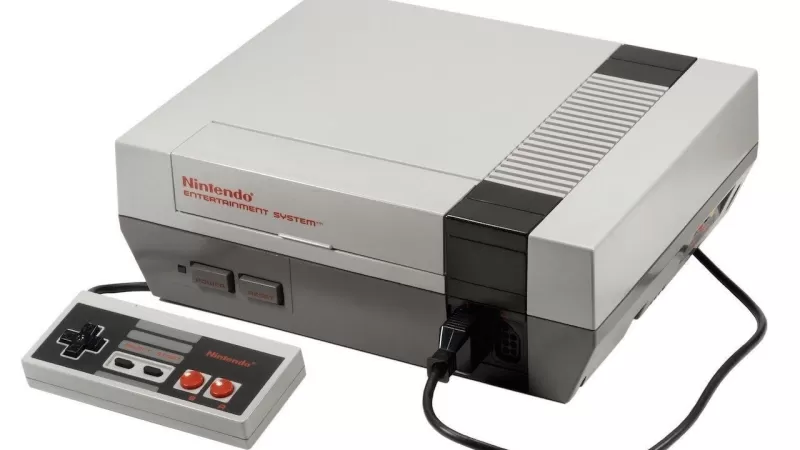 Known as the Family Computer (Famicom) in Japan, the Nintendo Entertainment System (NES) revolutionized home gaming in North America with its cartridge-based system. It birthed legendary franchises such as Super Mario, The Legend of Zelda, and Metroid, cementing its place as a cornerstone in video game history.
Known as the Family Computer (Famicom) in Japan, the Nintendo Entertainment System (NES) revolutionized home gaming in North America with its cartridge-based system. It birthed legendary franchises such as Super Mario, The Legend of Zelda, and Metroid, cementing its place as a cornerstone in video game history.
Game Boy - July 31, 1989
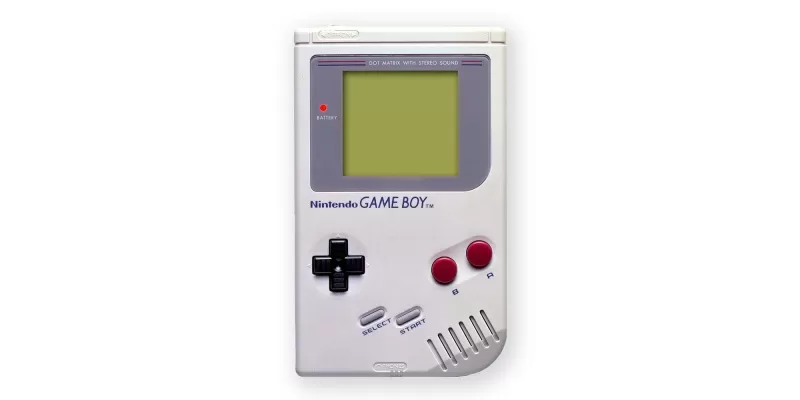 Launching in North America in the summer of 1989, the Game Boy was Nintendo's first dedicated handheld console, introducing cartridge-based gaming on the go. Its iconic game, Tetris, came bundled with the system in most regions, except Japan.
Launching in North America in the summer of 1989, the Game Boy was Nintendo's first dedicated handheld console, introducing cartridge-based gaming on the go. Its iconic game, Tetris, came bundled with the system in most regions, except Japan.
Super Nintendo Entertainment System - August 23, 1991
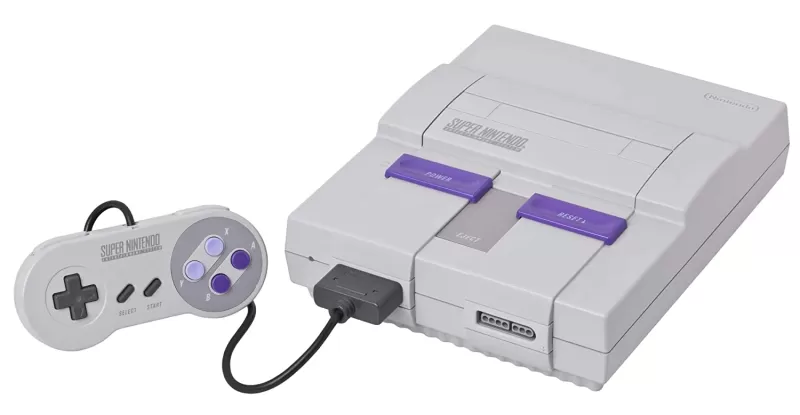 With the Super Nintendo Entertainment System (SNES), Nintendo introduced 16-bit graphics to its platform. This console featured evolutionary games like Super Mario World and Donkey Kong Country, and despite its later release, it became the best-selling console of its generation.
With the Super Nintendo Entertainment System (SNES), Nintendo introduced 16-bit graphics to its platform. This console featured evolutionary games like Super Mario World and Donkey Kong Country, and despite its later release, it became the best-selling console of its generation.
Virtual Boy - August 14, 1995
 Nintendo's most unconventional console, the Virtual Boy, was the first to offer true 3D visuals. However, with only 22 games released and modest sales, it lasted just a year on the market.
Nintendo's most unconventional console, the Virtual Boy, was the first to offer true 3D visuals. However, with only 22 games released and modest sales, it lasted just a year on the market.
Game Boy Pocket - September 3, 1996
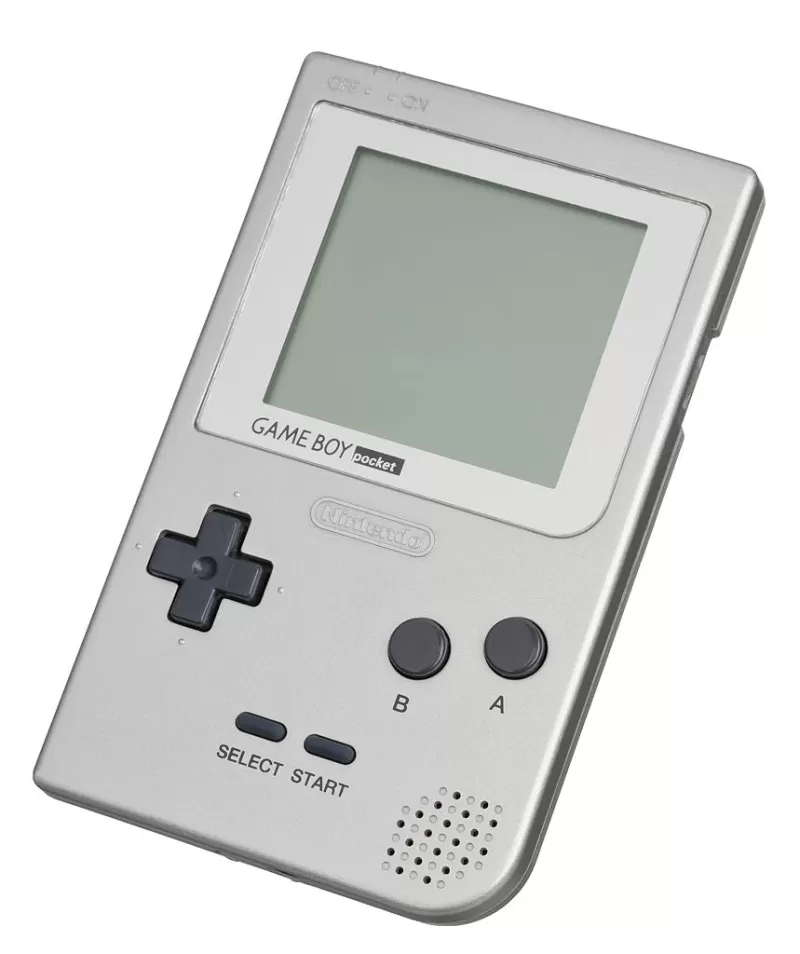 A more compact version of the Game Boy, the Game Boy Pocket featured an improved black-and-white screen and enhanced display response time. Its smaller size, however, meant shorter battery life compared to its predecessor.
A more compact version of the Game Boy, the Game Boy Pocket featured an improved black-and-white screen and enhanced display response time. Its smaller size, however, meant shorter battery life compared to its predecessor.
Nintendo 64 - September 29, 1996
 Introducing 3D graphics to Nintendo's home console lineup, the Nintendo 64 was revolutionary with titles like Super Mario 64 and The Legend of Zelda: Ocarina of Time. Its innovative controller included the first analog stick, and the console offered numerous special editions.
Introducing 3D graphics to Nintendo's home console lineup, the Nintendo 64 was revolutionary with titles like Super Mario 64 and The Legend of Zelda: Ocarina of Time. Its innovative controller included the first analog stick, and the console offered numerous special editions.
Game Boy Light - April 14, 1998
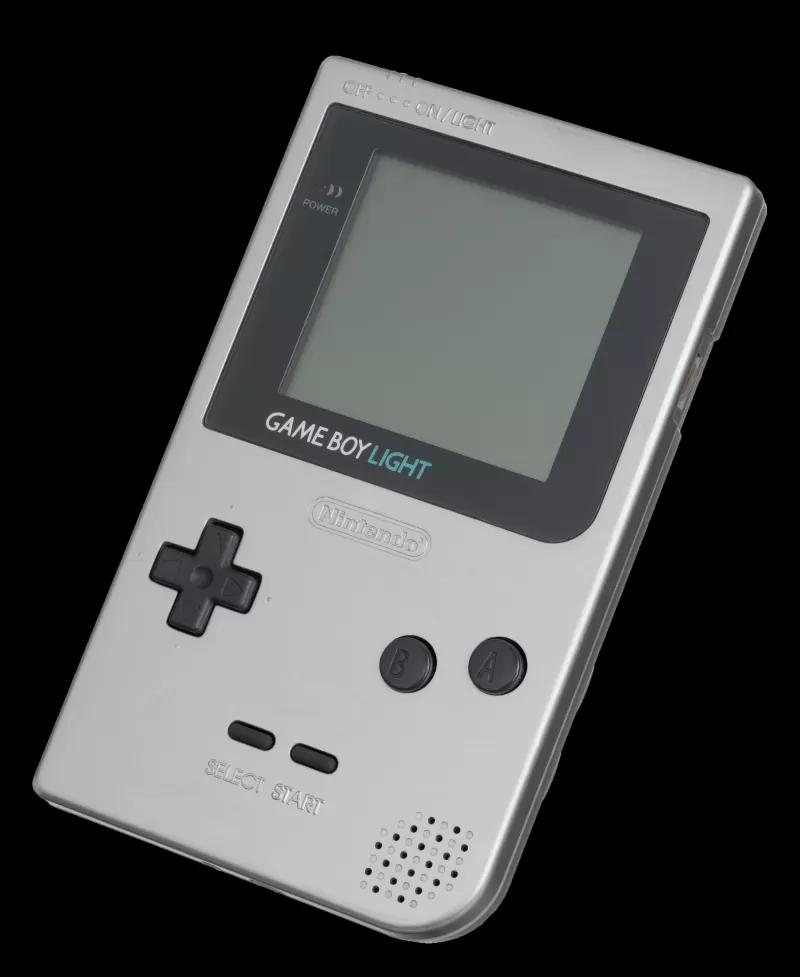 Exclusive to Japan, the Game Boy Light was larger than the Game Boy Pocket but added a backlight for low-light gaming. It also boasted a longer battery life, up to 20 hours.
Exclusive to Japan, the Game Boy Light was larger than the Game Boy Pocket but added a backlight for low-light gaming. It also boasted a longer battery life, up to 20 hours.
Game Boy Color - November 18, 1998
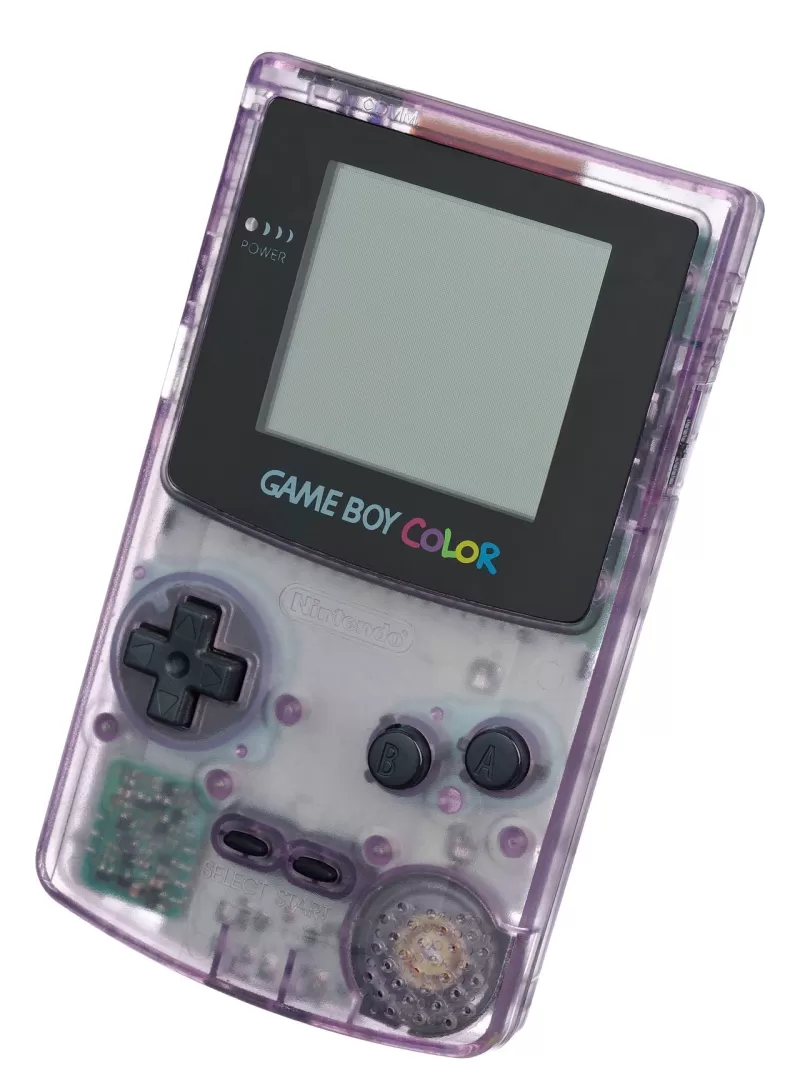 Bringing color to the handheld market, the Game Boy Color was backward-compatible with all Game Boy games. It supported color-enhanced versions of existing titles and introduced hundreds of new games.
Bringing color to the handheld market, the Game Boy Color was backward-compatible with all Game Boy games. It supported color-enhanced versions of existing titles and introduced hundreds of new games.
Game Boy Advance - June 11, 2001
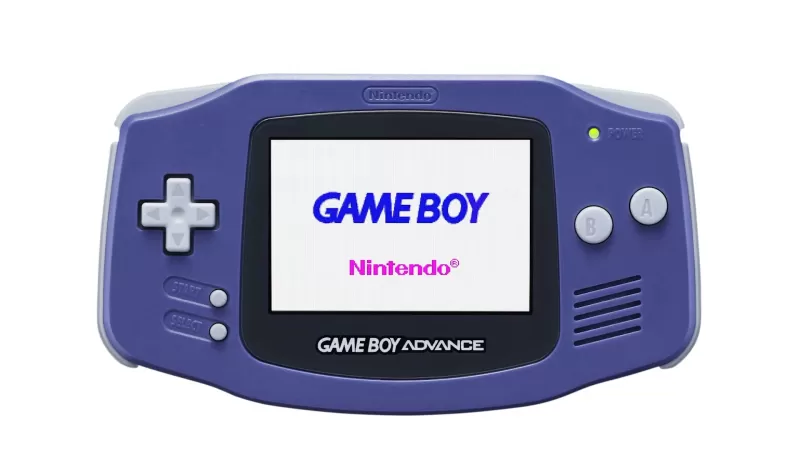 With a shift to a horizontal design and 16-bit graphics, the Game Boy Advance represented a significant leap forward. It maintained backward compatibility, expanding the library of playable games into the thousands.
With a shift to a horizontal design and 16-bit graphics, the Game Boy Advance represented a significant leap forward. It maintained backward compatibility, expanding the library of playable games into the thousands.
Pokémon mini - November 16, 2001
 Image Credit: GamesRadarThe Pokémon mini, focused exclusively on Pokémon games, was incredibly compact. With only 10 games released globally, it featured innovative features like a built-in clock, infrared communication, and rumble.
Image Credit: GamesRadarThe Pokémon mini, focused exclusively on Pokémon games, was incredibly compact. With only 10 games released globally, it featured innovative features like a built-in clock, infrared communication, and rumble.
Nintendo GameCube - November 18, 2001
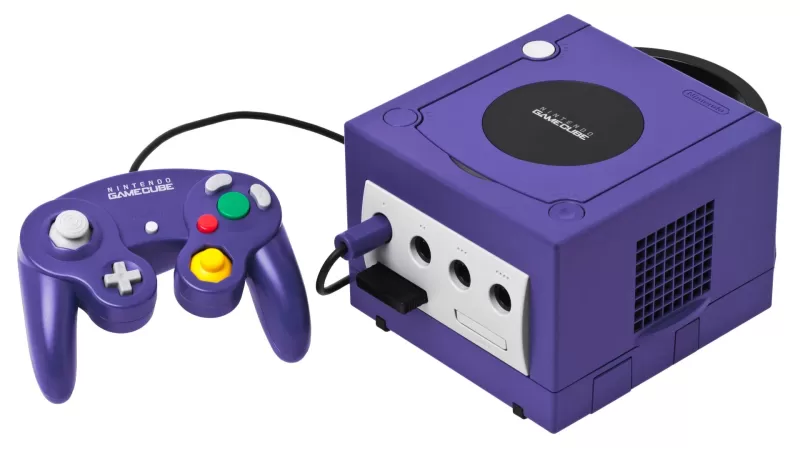 Building on the success of the Nintendo 64, the GameCube featured beloved sequels like Super Mario Sunshine and The Legend of Zelda: Wind Waker. It transitioned to using discs and introduced a more ergonomic controller with built-in rumble.
Building on the success of the Nintendo 64, the GameCube featured beloved sequels like Super Mario Sunshine and The Legend of Zelda: Wind Waker. It transitioned to using discs and introduced a more ergonomic controller with built-in rumble.
Panasonic Q - December 14, 2001
 A unique collaboration between Panasonic and Nintendo, the Panasonic Q combined a GameCube with a DVD player. Despite its sleek design and functionality, its high price led to a short market life.
A unique collaboration between Panasonic and Nintendo, the Panasonic Q combined a GameCube with a DVD player. Despite its sleek design and functionality, its high price led to a short market life.
Game Boy Advance SP - March 23, 2003
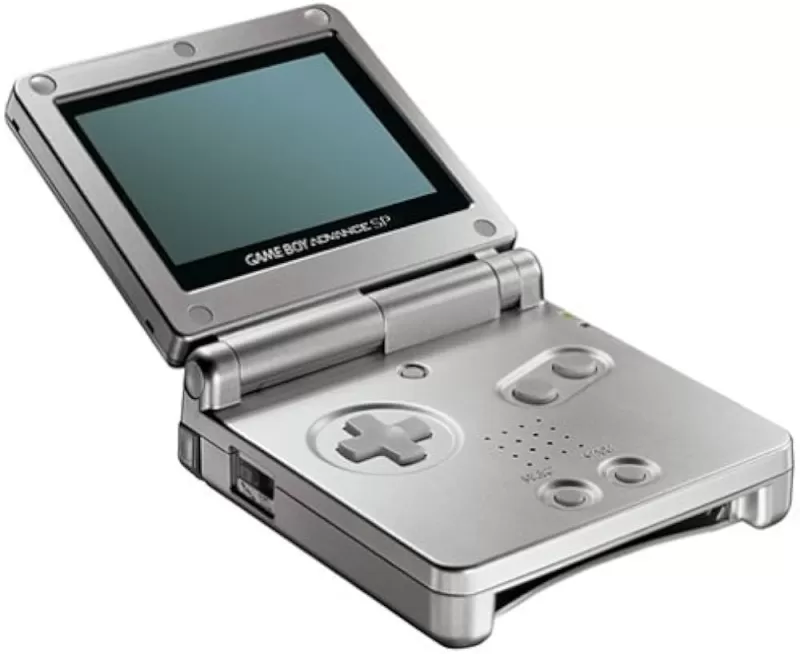 With a foldable design and a rechargeable battery, the Game Boy Advance SP offered a backlit screen in later models. It was a significant improvement over the original Game Boy Advance, despite the omission of a headphone jack.
With a foldable design and a rechargeable battery, the Game Boy Advance SP offered a backlit screen in later models. It was a significant improvement over the original Game Boy Advance, despite the omission of a headphone jack.
Nintendo DS - November 21, 2004
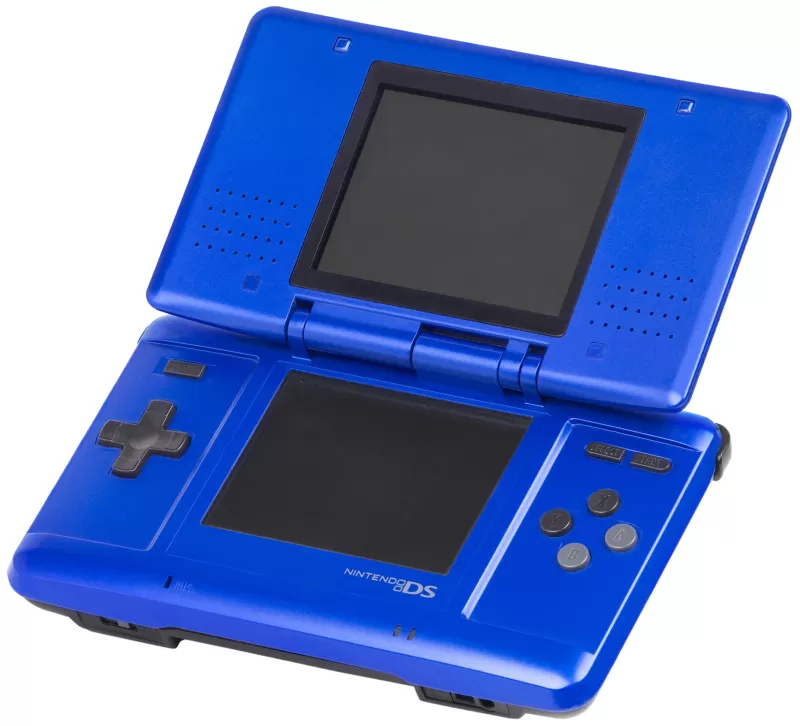 Introducing the dual-screen concept and Wi-Fi connectivity, the Nintendo DS revolutionized handheld gaming. Its clamshell design and touchscreen enabled unique gaming experiences.
Introducing the dual-screen concept and Wi-Fi connectivity, the Nintendo DS revolutionized handheld gaming. Its clamshell design and touchscreen enabled unique gaming experiences.
Game Boy Micro - September 19, 2005
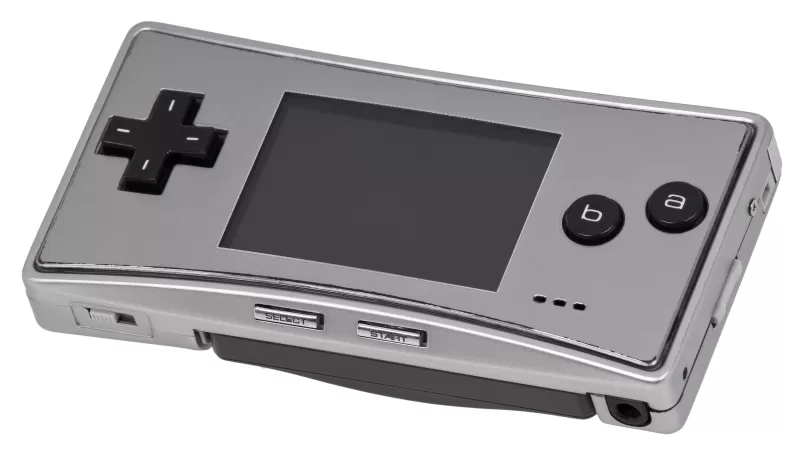 Revealed by Reggie Fils-Aimé at E3 2005, the Game Boy Micro was remarkably small. With adjustable screen brightness and backward compatibility, it sold 2.42 million units over 18 months.
Revealed by Reggie Fils-Aimé at E3 2005, the Game Boy Micro was remarkably small. With adjustable screen brightness and backward compatibility, it sold 2.42 million units over 18 months.
Nintendo DS Lite - June 11, 2006
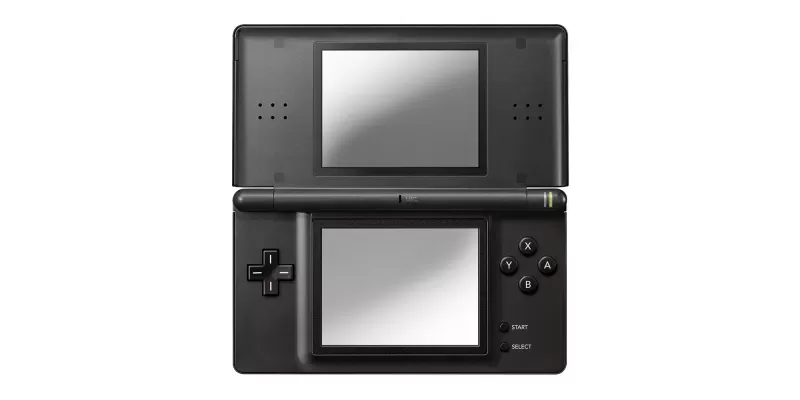 With a slimmer design and brighter screens, the Nintendo DS Lite improved upon the original DS. Its enhanced battery life made it a popular choice among gamers.
With a slimmer design and brighter screens, the Nintendo DS Lite improved upon the original DS. Its enhanced battery life made it a popular choice among gamers.
Nintendo Wii - November 19, 2006
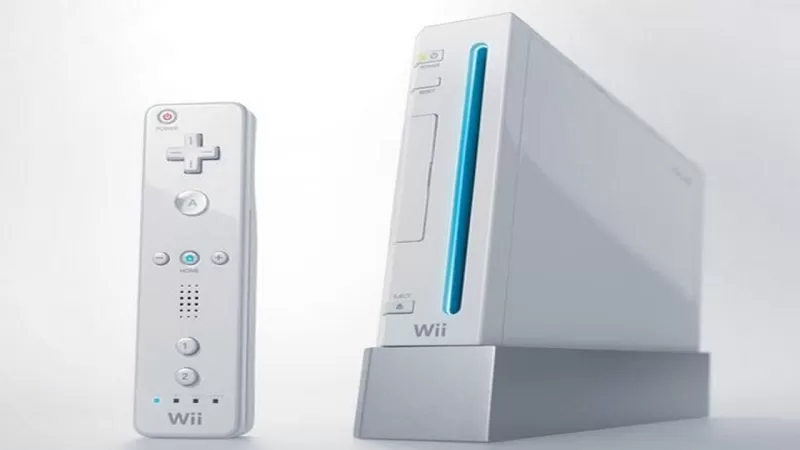 Revitalizing Nintendo's home console market, the Wii introduced motion controls with the Wii Remote. Its backward compatibility with GameCube and the introduction of the Virtual Console were key features.
Revitalizing Nintendo's home console market, the Wii introduced motion controls with the Wii Remote. Its backward compatibility with GameCube and the introduction of the Virtual Console were key features.
Nintendo DSi - November 1, 2008
 Adding cameras and an SD card slot, the Nintendo DSi was a significant revision to the DS. However, it removed the Game Boy Advance slot found in earlier models.
Adding cameras and an SD card slot, the Nintendo DSi was a significant revision to the DS. However, it removed the Game Boy Advance slot found in earlier models.
Nintendo DSi XL - November 21, 2009
 With larger, wider-view screens and improved sound, the Nintendo DSi XL offered a more immersive gaming experience. Its extended battery life was another notable upgrade.
With larger, wider-view screens and improved sound, the Nintendo DSi XL offered a more immersive gaming experience. Its extended battery life was another notable upgrade.
Nintendo 3DS - March 27, 2011
 Building on the DS's success, the Nintendo 3DS introduced 3D gaming without glasses, using stereoscopic technology. It featured a rich library of titles including The Legend of Zelda: A Link Between Worlds and Super Mario 3D Land.
Building on the DS's success, the Nintendo 3DS introduced 3D gaming without glasses, using stereoscopic technology. It featured a rich library of titles including The Legend of Zelda: A Link Between Worlds and Super Mario 3D Land.
Nintendo 3DS XL - August 19, 2012
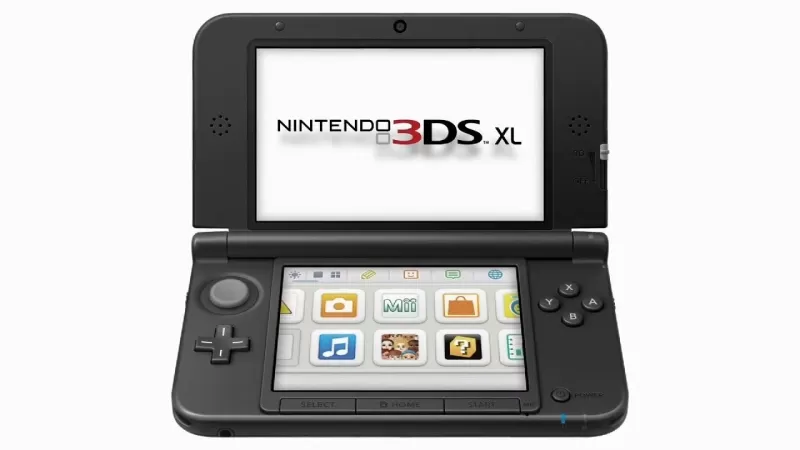 With a screen 90% larger than the original 3DS, the 3DS XL enhanced the visual experience without sacrificing any features.
With a screen 90% larger than the original 3DS, the 3DS XL enhanced the visual experience without sacrificing any features.
Nintendo Wii U - November 18, 2012
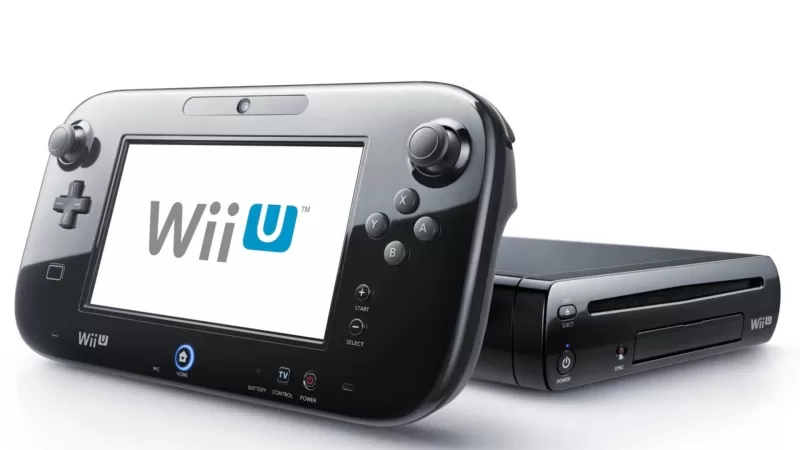 Following the Wii, the Wii U introduced the GamePad controller with a built-in screen. Despite its HD capabilities and strong game lineup, including Super Mario 3D World and Splatoon, it struggled with sales due to poor marketing.
Following the Wii, the Wii U introduced the GamePad controller with a built-in screen. Despite its HD capabilities and strong game lineup, including Super Mario 3D World and Splatoon, it struggled with sales due to poor marketing.
Nintendo Wii Mini - December 7, 2012
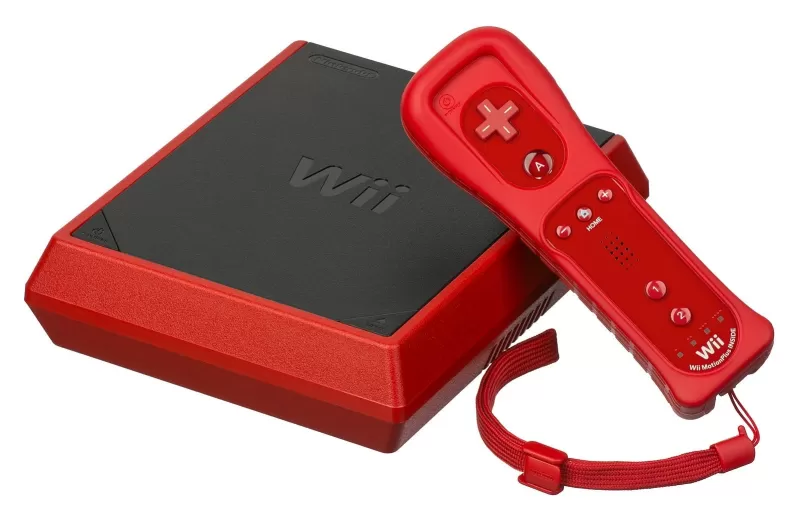 Launched at the end of the Wii's lifecycle, the Wii Mini was smaller and lighter but lacked GameCube support, Wi-Fi, and other features. It was released initially in Canada.
Launched at the end of the Wii's lifecycle, the Wii Mini was smaller and lighter but lacked GameCube support, Wi-Fi, and other features. It was released initially in Canada.
Nintendo 2DS - October 12, 2013
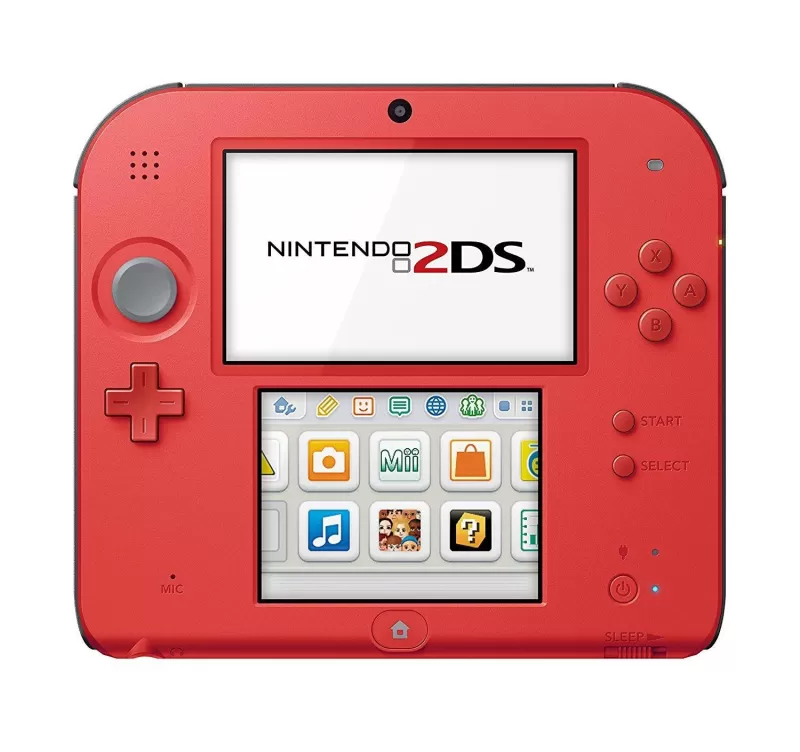 Offering 2D gaming at a lower price, the Nintendo 2DS removed the 3D feature but retained all other 3DS functionalities. It traded stereo sound for a mono speaker to cut costs.
Offering 2D gaming at a lower price, the Nintendo 2DS removed the 3D feature but retained all other 3DS functionalities. It traded stereo sound for a mono speaker to cut costs.
New Nintendo 3DS - October 11, 2014
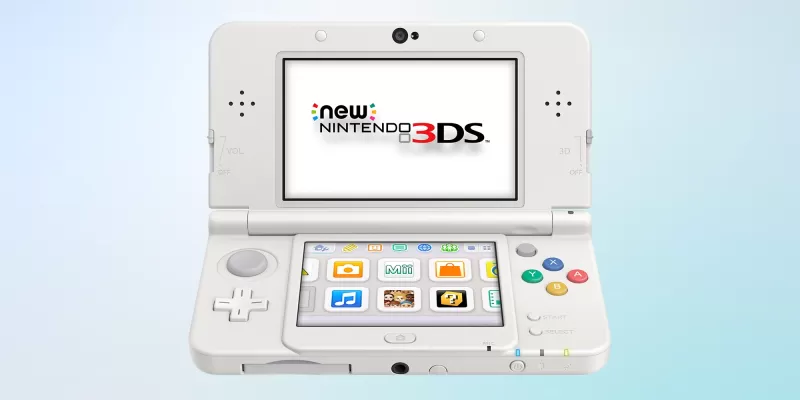 Adding new controls like the C-Stick and ZR/ZL buttons, along with NFC support for amiibo, the New Nintendo 3DS significantly enhanced the original model.
Adding new controls like the C-Stick and ZR/ZL buttons, along with NFC support for amiibo, the New Nintendo 3DS significantly enhanced the original model.
New Nintendo 3DS XL - February 13, 2015
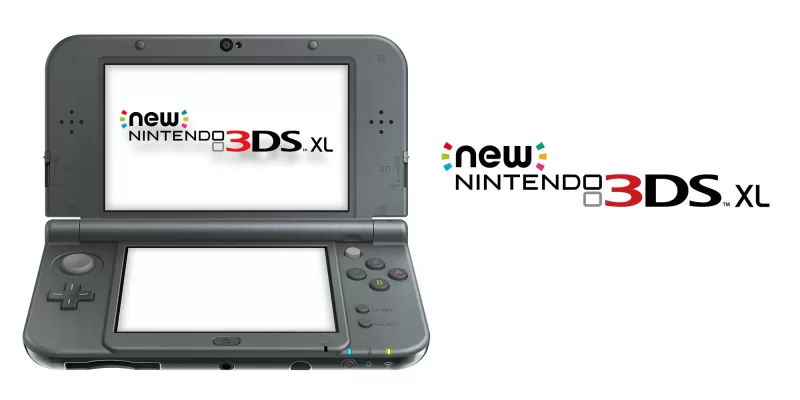 Larger than the New Nintendo 3DS, the 3DS XL offered bigger screens for a more immersive gaming experience. It removed the ability to change face plates but offered special editions.
Larger than the New Nintendo 3DS, the 3DS XL offered bigger screens for a more immersive gaming experience. It removed the ability to change face plates but offered special editions.
Nintendo Switch - March 3, 2017
 Merging home and portable gaming, the Nintendo Switch revitalized Nintendo's position in the industry. Its versatility and strong first-party titles have made it a monumental success.
Merging home and portable gaming, the Nintendo Switch revitalized Nintendo's position in the industry. Its versatility and strong first-party titles have made it a monumental success.
New Nintendo 2DS XL - July 28, 2017
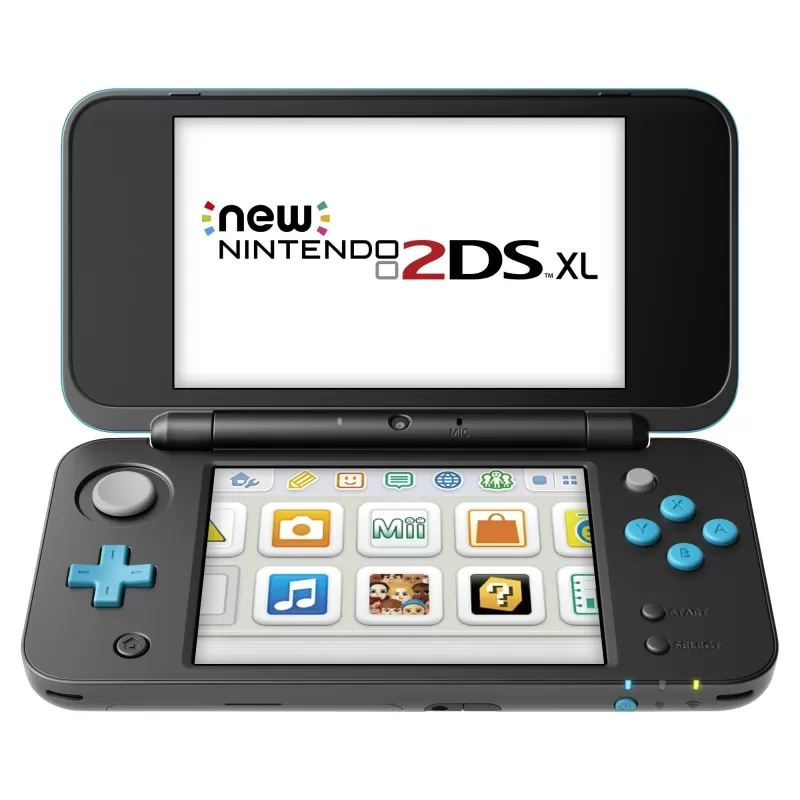 An upgrade to the 2DS, the 2DS XL featured an analog stick, shoulder buttons, and amiibo support. It returned to the clamshell design and could play New 3DS titles.
An upgrade to the 2DS, the 2DS XL featured an analog stick, shoulder buttons, and amiibo support. It returned to the clamshell design and could play New 3DS titles.
Nintendo Switch Lite - September 20, 2019
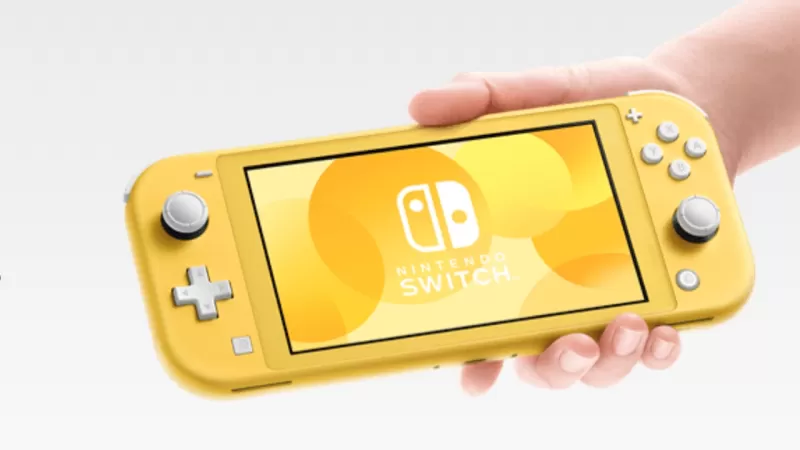 Smaller and more affordable, the Switch Lite focused on handheld gaming with built-in controllers and a 5.5-inch LCD screen.
Smaller and more affordable, the Switch Lite focused on handheld gaming with built-in controllers and a 5.5-inch LCD screen.
Nintendo Switch OLED model - October 8, 2021
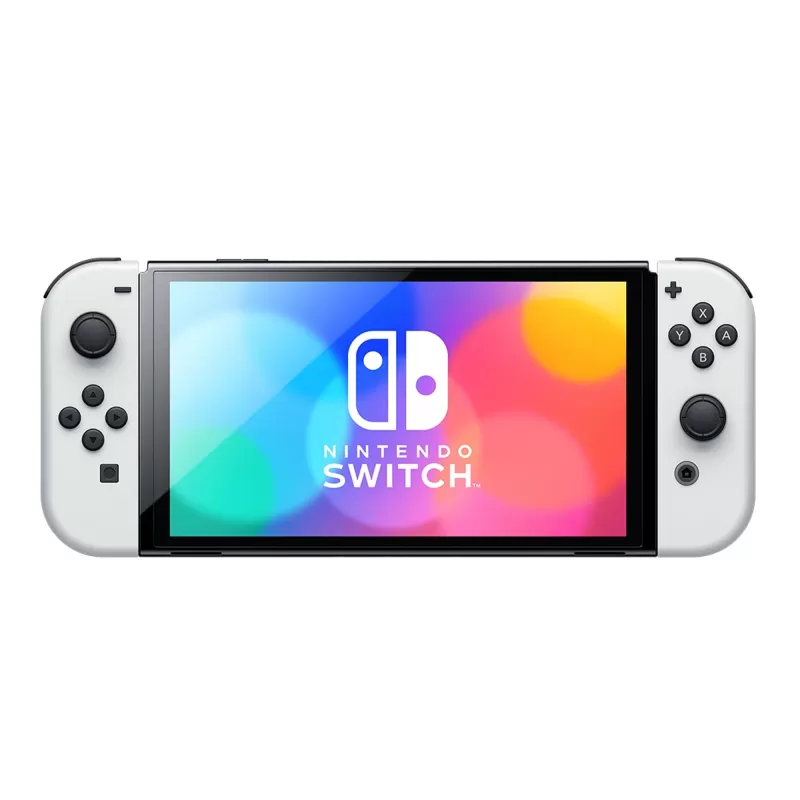 Featuring a 7-inch OLED screen and enhanced speakers, the Switch OLED model offered a premium experience. It came with a new dock featuring a LAN port.
Featuring a 7-inch OLED screen and enhanced speakers, the Switch OLED model offered a premium experience. It came with a new dock featuring a LAN port.
Upcoming Nintendo Consoles
Following years of speculation, Nintendo has officially unveiled the Nintendo Switch 2. The trailer highlights new Joy-Con attachment methods, a larger screen, and an additional USB-C port. The ability to use Joy-Cons as a mouse hints at innovative gameplay mechanics. A new Mario Kart game with 24-player races and "mostly" backward compatibility were also showcased, confirming continued support for both physical and digital games.Analysts estimate the Switch 2 will retail around $400. We've gathered all known details from the trailer, but further information, including a release date, is expected at a Nintendo Direct scheduled for April 2.
AnswerSee Results






